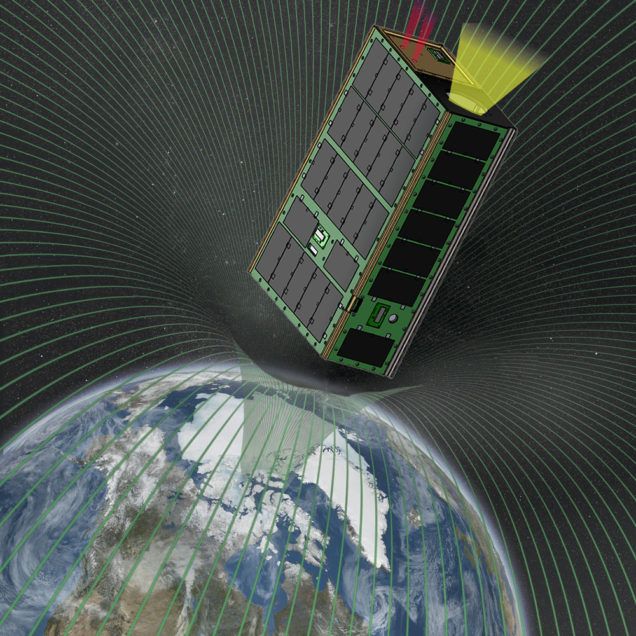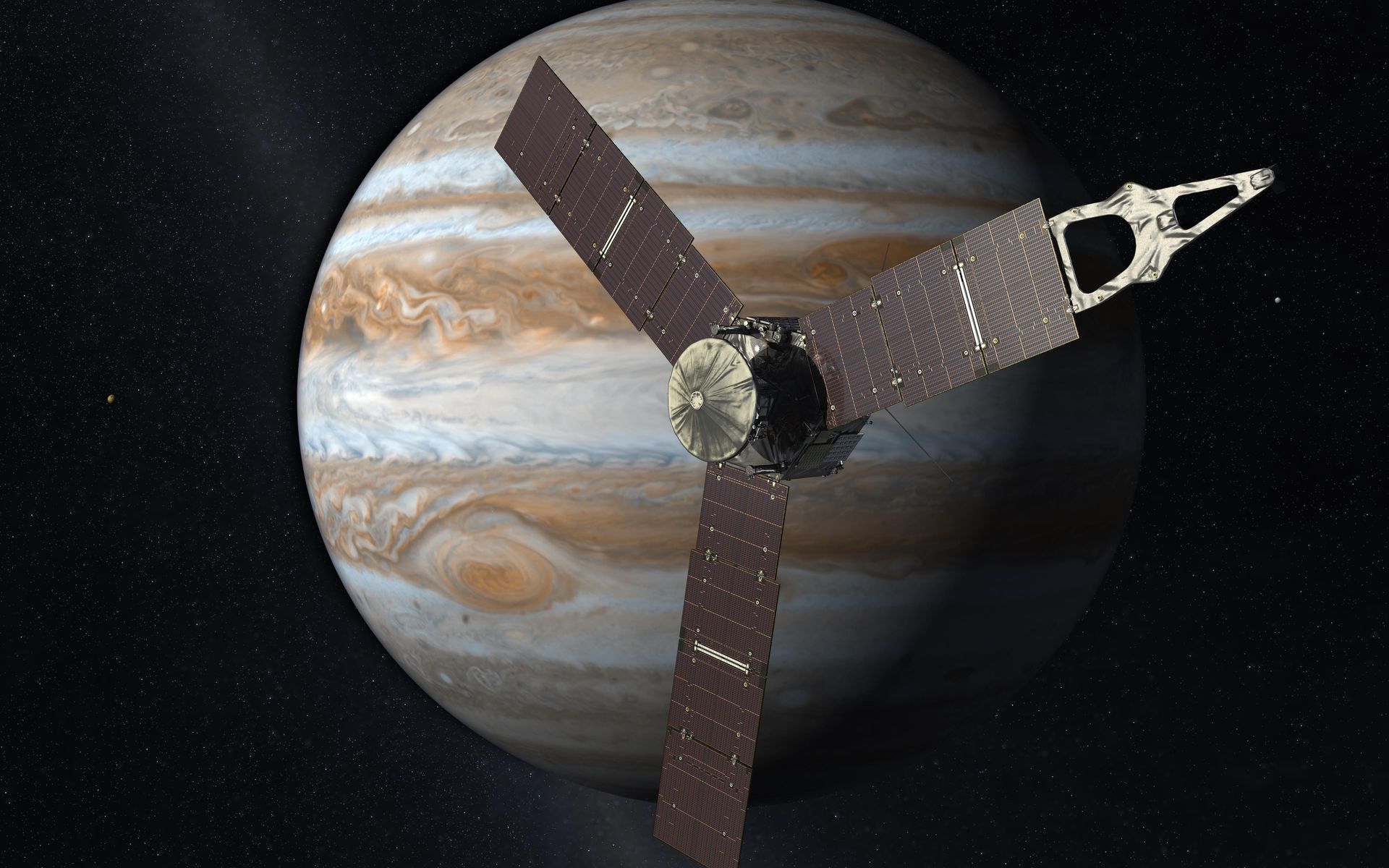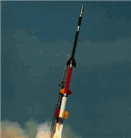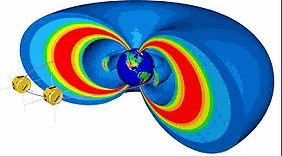Missions & Projects
Alphabetical
By Last Name:
Displaying records 1 to 6 of 6.
Show:
Community Coordinated Modeling Center (CCMC)
The Community Coordinated Modeling Center (CCMC) is a multi-agency partnership to enable, support, and perform the research and development for next-generation space science and space weather computer models. The CCMC partners include NASA; the National Science Foundation; the NOAA Space Weather Prediction Center; the Office of Naval Research; and the Air Force Materiel Command, Office of Scientific Research, Research Laboratory, and Weather Agency.
Key Staff
- Educational Activity Coordinator: Elana Resnick
- Deputy Project Scientist: M. Mays (Markus) (she/her)

Cusp Plasma Imaging Detector (CuPID)
The CuPID (Cusp Plasma Imaging Detector) Cubesat Observatory is designed to test competing models of solar wind-magnetosphere coupling. The 6U spacecraft is roughly the size of a toaster oven and will carry a wide field-of-view soft X-ray telescope, the first of its kind to be placed into orbit. In orbit the spacecraft will measure soft X-rays emitted from the process of charge-exchange when plasma from the solar wind collides with neutral atoms in the Earth’s distant atmosphere. The spatial and temporal patterns of X-ray images will be used to address scientific questions. The project is a collaboration between Boston University, NASA Goddard Space Flight Center, Johns Hopkins University, Merrimack College, Aerospace Corporation, Drexel University, and the University of Alaska, Fairbanks.

Juno
The Juno spacecraft successfully entered the orbit of Jupiter on July 4, 2016. Its suite of instruments allow it, for the first time, to peer below the dense cover of clouds to answer questions about the gas giant and the origins of our solar system. Juno's primary goal is to reveal the story of Jupiter's formation and evolution. Using long-proven technologies on a spinning spacecraft placed in an elliptical polar orbit, Juno observes Jupiter's gravity and magnetic fields, atmospheric dynamics and composition, and evolution.
Key Staff
- Co Investigator: Katherine Garcia-Sage
- Co Investigator: John Connerney
- Co Investigator: Gordon Bjoraker
- Co Investigator: Weijia Kuang
Instruments

Sounding Rockets
For over 40 years the Sounding Rocket Program has provided critical scientific, technical, and educational contributions to the nation's space program and is one of the most robust, versatile, and cost-effective flight programs at NASA.

Time History of Events and Macroscale Interactions during Substorms (THEMIS)
The Time History of Events and Macroscale Interactions during Substorms (THEMIS) mission will help scientists answer questions about changes in the aurora, also known as the Northern or Southern Lights. Specifically, THEMIS investigates the nature of the events, called auroral substorms, that abruptly and explosively release solar wind energy stored within Earth's magnetotail. The THEMIS mission employs five identical spacecraft in carefully chosen orbits whose apogees line up once every 4 days over a dedicated array of ground observatories located in Canada and the northern United States.

Van Allen Probes (formerly RBSP)
Launched in August 2012, the Van Allen Probes (formerly Radiation Belt Storm Probes, and part of NASA's Living With a Star program), will provide unprecedented insight into the physical dynamics of the radiation belts and give scientists the data they need to make predictions of changes in this critical region of space.

